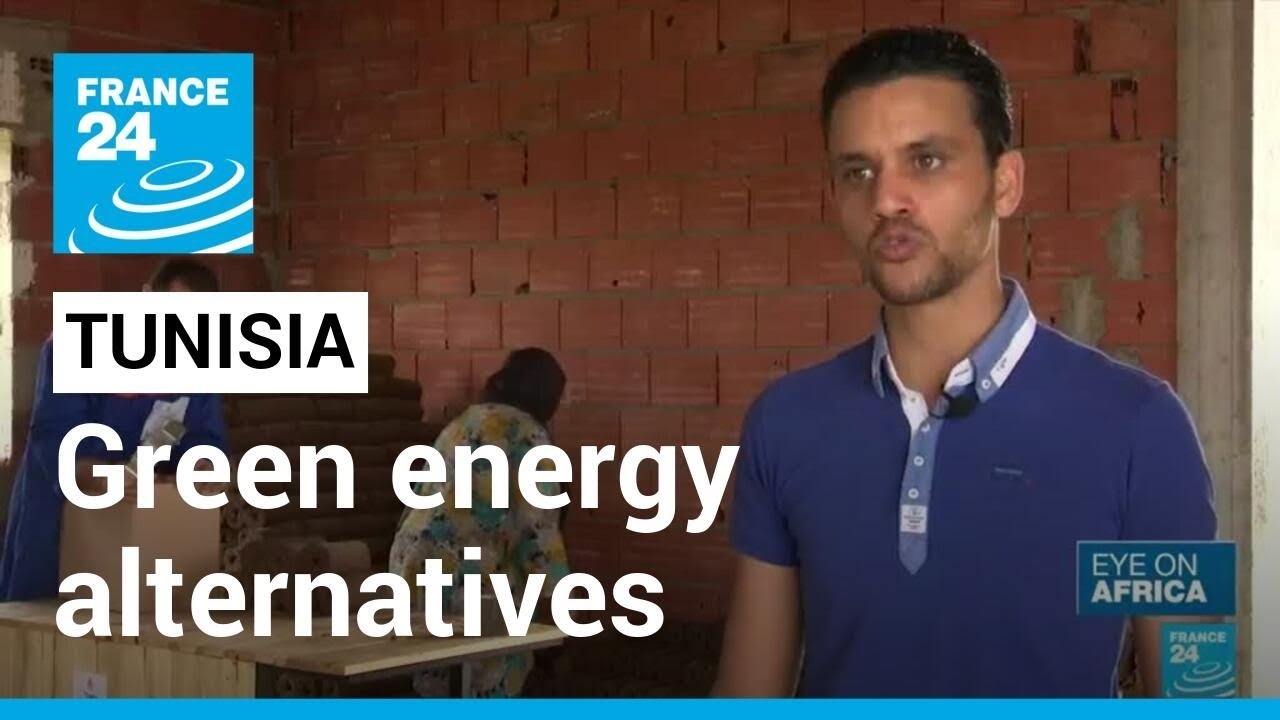
Wind Energy Expansion Planned for China’s Rural Areas
by Simon Mansfield
Sydney, Australia (SPX) Apr 24, 2024
China is set to experience a significant increase in wind power development in its rural regions following a new comprehensive plan for renewable energy utilization announced by the National Energy Administration.
This initiative aims to capitalize on the vast and diverse wind resources available across the country and will involve small-scale wind projects in rural areas, supported by partnerships between wind power companies and local governments. These efforts are designed to facilitate the green and low-carbon transformation of rural energy systems.
The plan encourages the growth of the wind power sector in areas previously focused on large-scale projects in regions such as the Xizang, Ningxia, and Inner Mongolia autonomous regions. This expansion into new markets is intended to support broader economic development, increase investment, and stabilize growth, according to Wang Dapeng, deputy head of the New Energy and Renewable Energy Department at the NEA.
“Based on the industry’s general expected rate of return of 6 percent to 8 percent, a 3 to 4-megawatt wind turbine could increase annual income by 50,000 yuan ($6,900) to 100,000 yuan for village collectives,” Wang explained.
Additionally, the integration of wind power with other renewable energy sources like photovoltaics and biomass is anticipated to help adjust the rural energy structure and support the country’s ambitious dual-carbon goals.
Qin Haiyan, secretary-general of the Chinese Wind Energy Association, highlighted the potential for wind power to explore new development paths that differ from the traditional large-scale turbines and centralized systems.
“China has the potential resources for developing over 3 billion kilowatts of wind power, particularly in central, eastern, and southern areas known for lower wind speeds,” Qin stated.
The strategy aligns with national guidelines promoting green development, which aim to significantly reduce carbon emissions in both urban and rural areas by 2035.
The expansion of distributed wind power not only aids in meeting the growing energy demands in rural areas but also provides additional revenue streams for residents, enhancing their economic stability.
The initiative is seen as crucial for reaching China’s environmental targets while also stimulating local economies through the development of related industries such as wind turbine manufacturing and energy storage technologies.
Related Links







